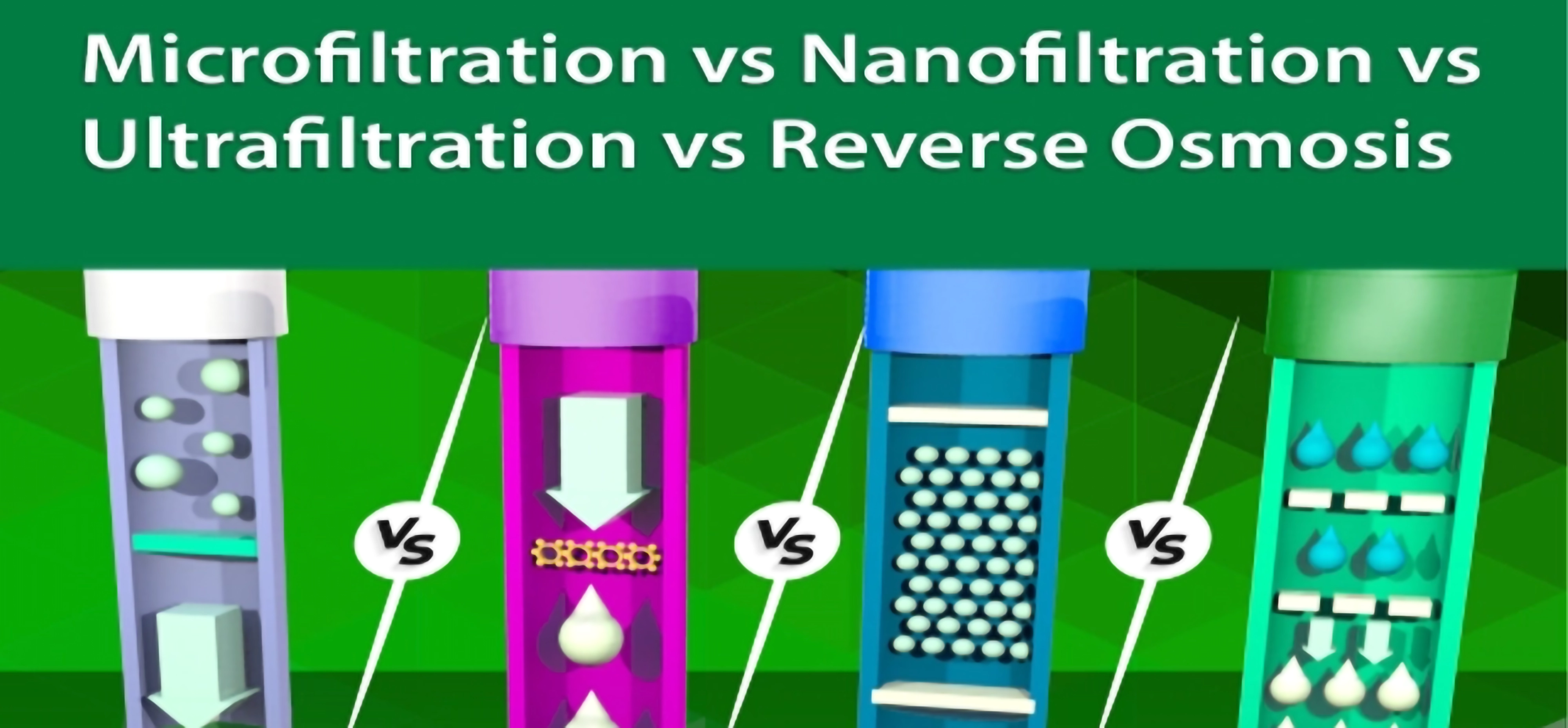Understanding the differences between microfiltration, ultrafiltration, nanofiltration, and reverse osmosis is crucial for selecting the right water treatment solution. Each technology serves a specific purpose, offering unique advantages.

1.Pore Size: 0.1-10 microns.
2.Application: Removes suspended solids and bacteria.
3.Advantages: Cost-effective and energy-efficient.
1.Pore Size: 0.01-0.1 microns.
2.Application: Removes viruses and finer particles.
3.Advantages: Produces high-quality water for industrial use.
1.Pore Size: 0.001 microns
2.Application: Removes divalent and trivalent ions.
3.Advantages: Suitable for softening water and removing organic compounds.
1.Pore Size: 0.0001 microns.
2.Application: Removes dissolved salts and impurities.
3.Advantages: Produces ultra-pure water.
1.Evaluate the specific water quality requirements.
2.Consider operational costs and maintenance needs.
3.Consult with experts to determine the best fit.
4.Test water samples to identify the most effective solution.

Each filtration technology plays a vital role in modern water treatment. By understanding their differences and applications, industries can make informed decisions to achieve efficient and sustainable water management.